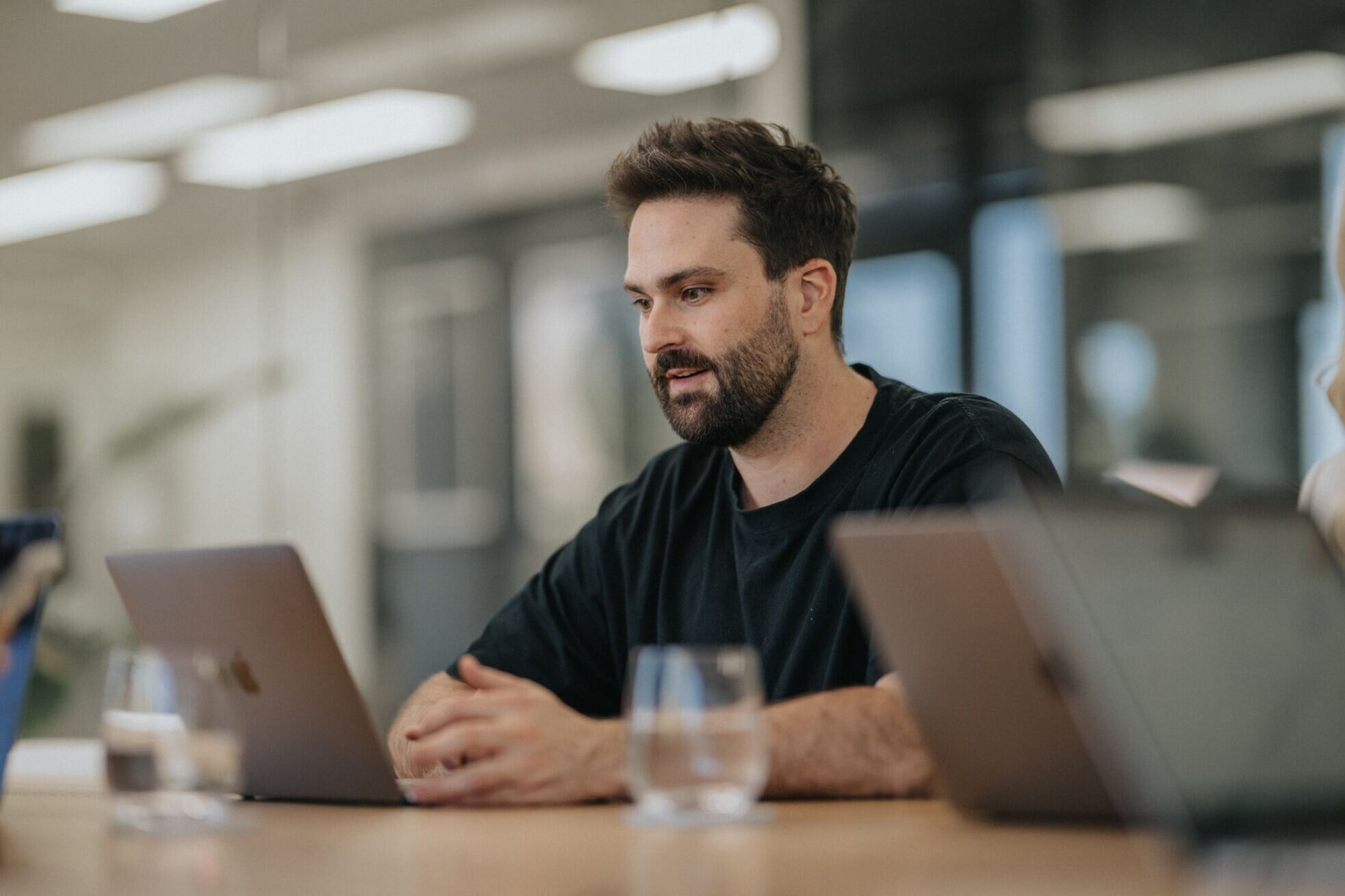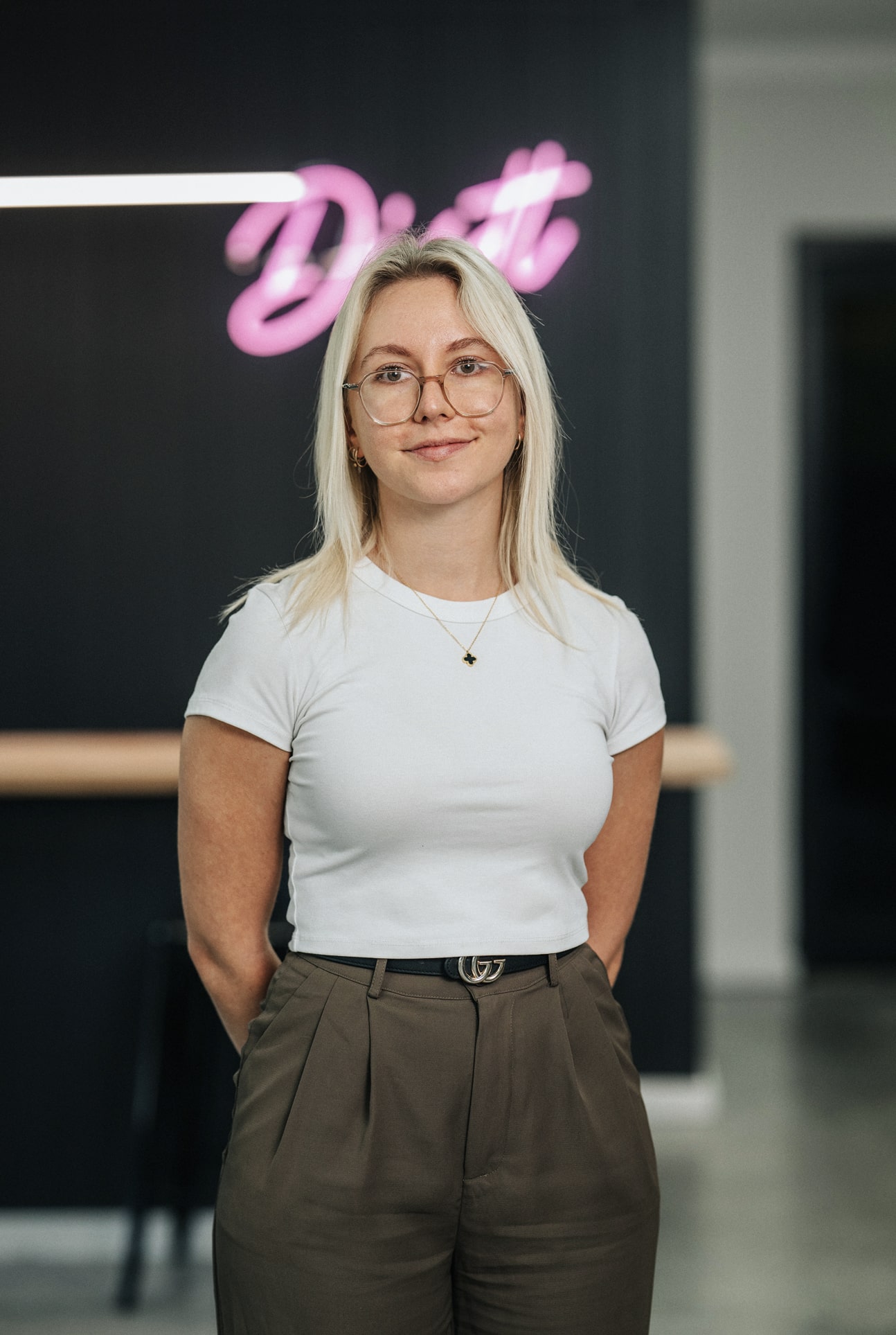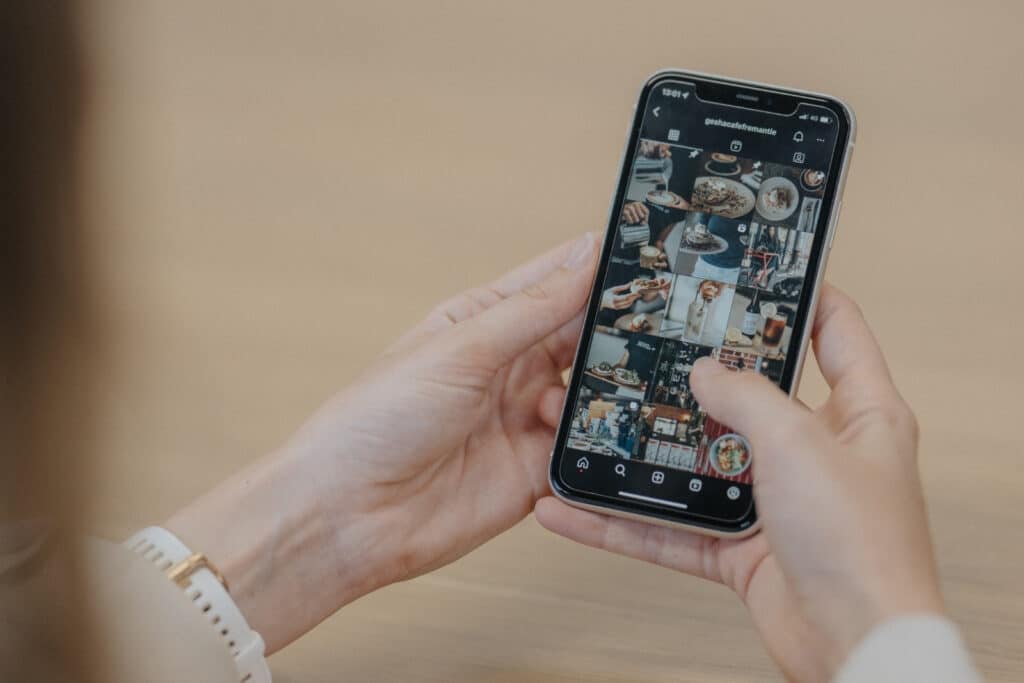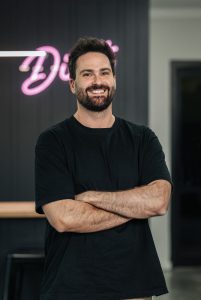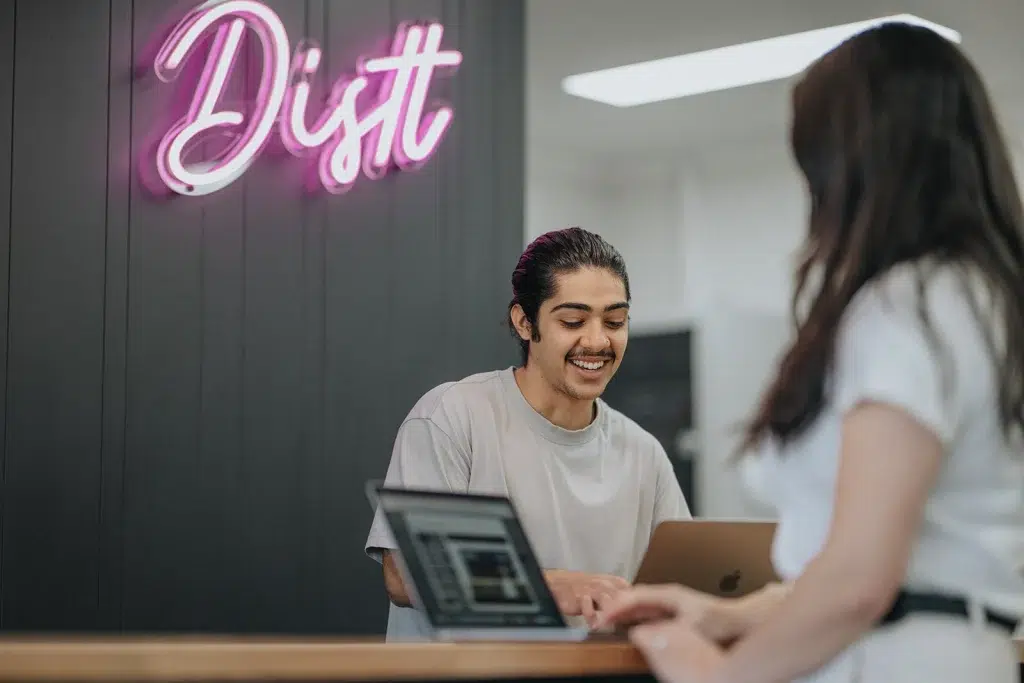LinkedIn, the online résumé where you get to tell everyone how great you are……right?
WRONG!
What Is Linkedin | 12.7 Million Australian Members & Counting
LinkedIn is so much more than a self-promotion tool designed for egotistical professionals and job hunters. LinkedIn provides endless opportunities to promote yourself and your business by demonstrating expertise and legitimising yourself as an organisation. LinkedIn is a professional networking platform where users are able to display their career and training history and connect professionally with other users (don’t expect any cat video’s here!)
Why use Linkedin?
As suggested it benefits both you and your organisation to develop your profile. Through showcasing your experience and education you are directly establishing credibility, while linking this back to the organisation’s expertise. Below we will flesh out some key ways your profile can be linked to your organisation, and how you can leverage this.
From an organisational perspective having all your employees optimised and active on LinkedIn provides a great avenue to connect and foster relationships with clients. The transparency of open information and experience will also enhance the organisation and individuals’ legitimacy.
There are so many other advantages to LinkedIn for both organisations and individuals, but a final point to make is the benefit it has on Search Engine Optimisation (SEO). Content on LinkedIn is indexed by Google meaning it carries significant SEO weight, helping to align yourself and your organisation with relevant topics.
Optimise your Linkedin profile
1. Complete your profile
It seems obvious, but if your profile isn’t complete with all sections filled out your credibility, trust and SEO potential is significantly reduced. LinkedIn makes filling out your profile child’s play, as each time you login LinkedIn directly prompts you to fill out a new section – embrace this as a way of easily building your profile over time!
You should be looking out for these sections:
- Write a summary (Essential!)
- Add all education and experience
- Add a few skills and grow the list over time
- Ensure your profile is set to public (you can adjust which sections are public)
- Edit top contact card with keywords and accurate titles
- Customise your URL extension (found below privacy settings)
2. Profile picture
We are told not to judge a book by its cover, but we all know it happens. Here are some guidelines for choosing your profile picture.
- Level of formality should align with your industry
- Try to showcase personality – this could be through holding an item or the location
- Waist up only
- Clearly identifiable face
- Avoid a busy background
3. Summary
This is essential and should round up who you are and what you do. Follow these guidelines.
- No more than 400 words
- Use spacing to break up the text
- Structure the summary as follows
- Set the scene with an overview of who you are (Your story – what you do, why you do it)
- Detail what makes you unique (Interests, hobbies)
- Detail key milestones in your professional life
- What you want to achieve and a call to action to contact you
4. Experience | Education
This is a fundamental part of a successful LinkedIn profile. It showcases your expertise and authority, and provides transparency and authenticity.
You should add all of your experience with fully optimised information. More important and relevant experience should have longer descriptions and therefore occupy more space. You should summarise less important experience in a few sentences.
Tips for writing a great experience section:
- First two sentences – provide an overview of your job (responsibilities, facts etc.)
- Use action words (led, drove, designed, implemented, achieved, built, coordinated)
- Use keywords associated with your expertise
- Keep it clean and concise
- Don’t overdo bullet points (Break down achievements/responsibilities into 3 points)
- Break up text with spacing
- ‘Front load achievements’ – i.e. put the achievement at the beginning so instead of “Designed and developed a website that achieved 500% more traffic” try “Increased website traffic by 500% through new web design and development”
5. Link to your organisation.
This is a really important point for leveraging and promoting your organisation as well as yourself.
When you fill out your experience and start typing the company name (if they have a company page) it should fetch the company’s information.
You will now notice that on the company page your profile will be linked as well as appear in searches for the company – leveraging the goodwill of the organisation while also adding value by showcasing expertise, humanising the business and developing trust through transparency.
To find out more on how your can use LinkedIn (and other social media platforms) to grow your business, contact us for a chat at hello@distl.com.au
